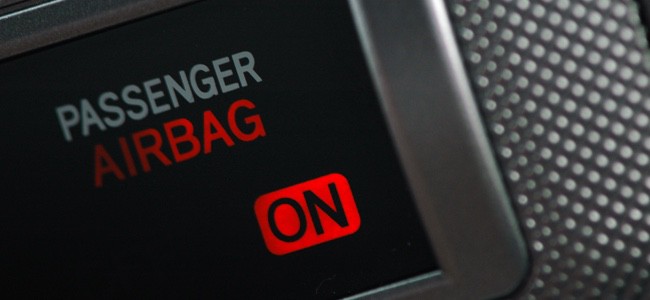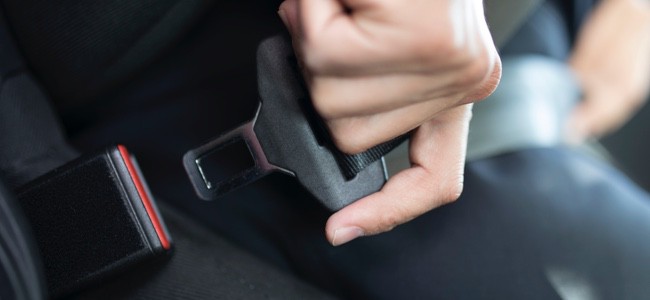 United States (English)
United States (English)
Shopping Cart
Empty Cart
Part No: {{entry.product.code}}
Quantity: {{entry.quantity}}
Total {{cartInfo.totalPriceWithTax.value | currency:"$"}}
Total {{0 | currency:"$"}}
 United States (English)
United States (English)
Part No: {{entry.product.code}}
Quantity: {{entry.quantity}}
Total {{cartInfo.totalPriceWithTax.value | currency:"$"}}
Total {{0 | currency:"$"}}
Asia Pacific
Europe, Middle East, Africa
 România (Română)
România (Română)
 European Union (English)
European Union (English)
 België (Nederlands)
België (Nederlands)
 Belgique (Français)
Belgique (Français)
 France (Français)
France (Français)
 Deutschland (Deutsch)
Deutschland (Deutsch)
 Italia (Italiano)
Italia (Italiano)
 Nederland (Nederlands)
Nederland (Nederlands)
 Polska (polski)
Polska (polski)
 Россия (русский)
Россия (русский)
 South Africa (English)
South Africa (English)
 España (Español)
España (Español)
 Україна (українська)
Україна (українська)
 United Kingdom (English)
United Kingdom (English)
 Česko (Česká republika)
Česko (Česká republika)
 United Arab Emirates (English)
United Arab Emirates (English)
North America

You know that air bags are one of the most important safety features of your vehicle. Designed to help you survive a crash, air bags were first introduced by car manufacturers in the mid-1970s. While initially used on select models, dual front air bags have been standard on vehicles since the 1998 model year thanks to a government mandate.
Proven to save lives, the National Highway Traffic Safety Administration (NHTSA) estimates that 39,976 lives1 have been saved by frontal air bags from 1987-2012. Today, many models have gone beyond front air bags to include side torso air bags, knee air bags and side curtain air bags that deploy from the roof to protect your head.
Used incorrectly, air bags can cause injury or death. Read on to what you can do to ensure that the air bags in your vehicle keep you and your passengers safe in the event of a collision.

Just because your vehicle is equipped with multiple air bags doesn’t mean you can skip fastening your seatbelt. For an air bag to effectively cushion and protect you during a crash, seatbelt use is mandatory. Be sure that both the lap and shoulder belts are firmly in place - air bags can deploy at speeds up to 200mph. According to NHTSA statistics, front air bags are 14% less effective when a seatbelt isn’t used1.

How you sit can matter in a crash. To avoid injury from a deployed air bag, drivers and passengers shouldn’t sit too close to the dashboard. Drivers should position their seat as far back as possible while comfortably accessing the accelerator, brake pedal, steering wheel and other key controls. While we were all taught in driver’s ed to position our hands at the 10 and 2 spots on the steering wheel, this can cause serious arm and hand injuries if the air bag goes off. The new advice is to place your hands at the 9 and 3 spots.
Your co-pilot in the passenger seat should also move the seat as far back without disrupting backseat riders. Another tip for passengers in the front seat – never put your feet up on the dashboard. While it can be tempting to stretch out your legs on long trips, keep your feet on the floor in front of you. Just imagine what could happen if the unthinkable happens and the air bag deploys with your feet up on the dash.

Long trips can be tiring, and passengers may find themselves leaning their body, head or arms against the door or window. Experts caution against doing this due to the injuries that can result from a side air bag inflating during a collision.

While air bags save lives, it’s important to note that front air bags aren’t designed for young riders; front air bags can be dangerous to children. Kids are lighter and smaller, meaning front air bags could hit them in the head, face, chest or neck where they could get seriously injured. Safety experts all agree that children 12 and under are safest in the backseat, properly secured in a car seat designed for their size.
Never place an infant in a rear-facing car seat in the front passenger seat. The same goes for youngsters in a forward-facing seat or a booster seat. Rear-facing, front-facing and booster seats should be positioned in the backseat. If the vehicle doesn’t have a backseat, you must be able to deactivate the passenger air bag before placing a car seat in the front. Once a child is over the age of 12 and no longer needs a booster seat, they can begin to ride in the front passenger seat.

If your air bag warning light goes off, don’t wait to have your mechanic look into the issue. You don’t want to be driving around with any of your air bags disabled. Also, if any of your air bags deploy, be sure to have it replaced as soon as possible.
Learn more about quality auto parts, find your car part, or find a local car repair shop today.
Additional sources: 1NHTSA Air Bag Statistics
The content contained in this article is for entertainment and informational purposes only and should not be used in lieu of seeking professional advice from a certified technician or mechanic. We encourage you to consult with a certified technician or mechanic if you have specific questions or concerns relating to any of the topics covered herein. Under no circumstances will we be liable for any loss or damage caused by your reliance on any content.